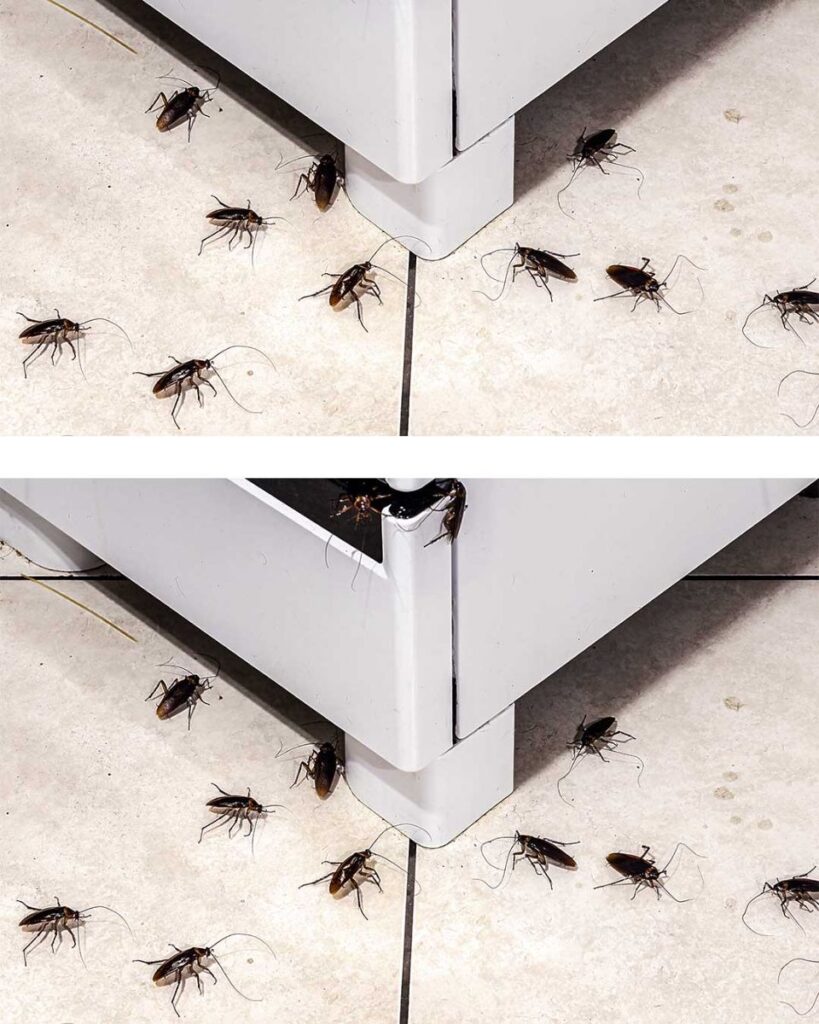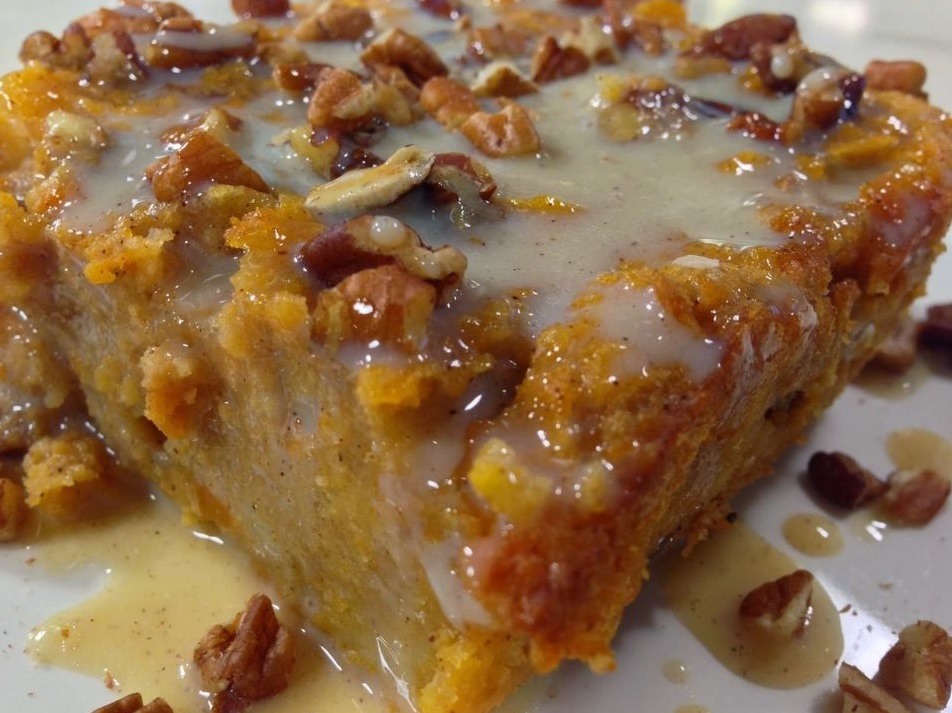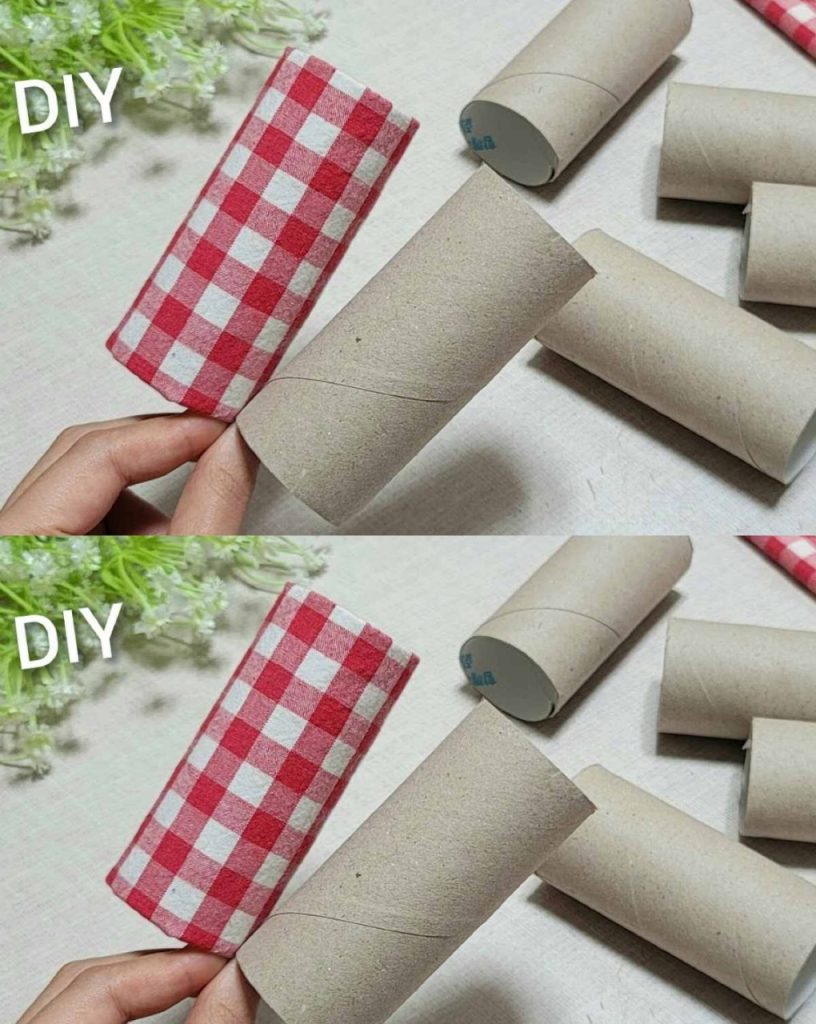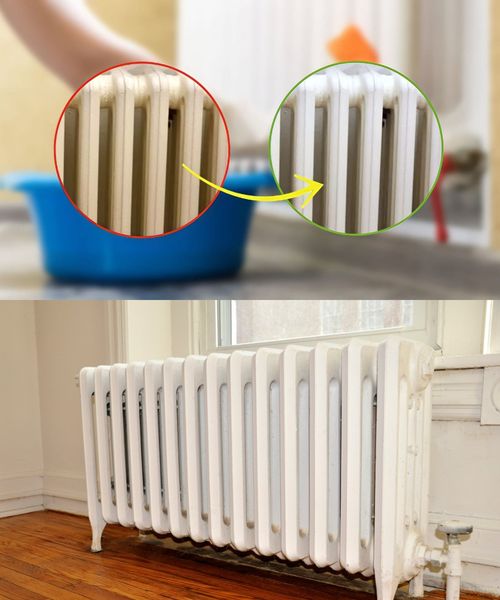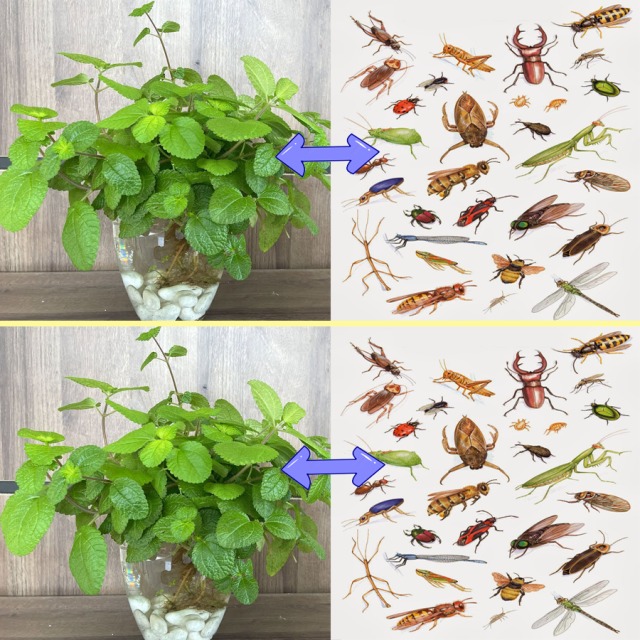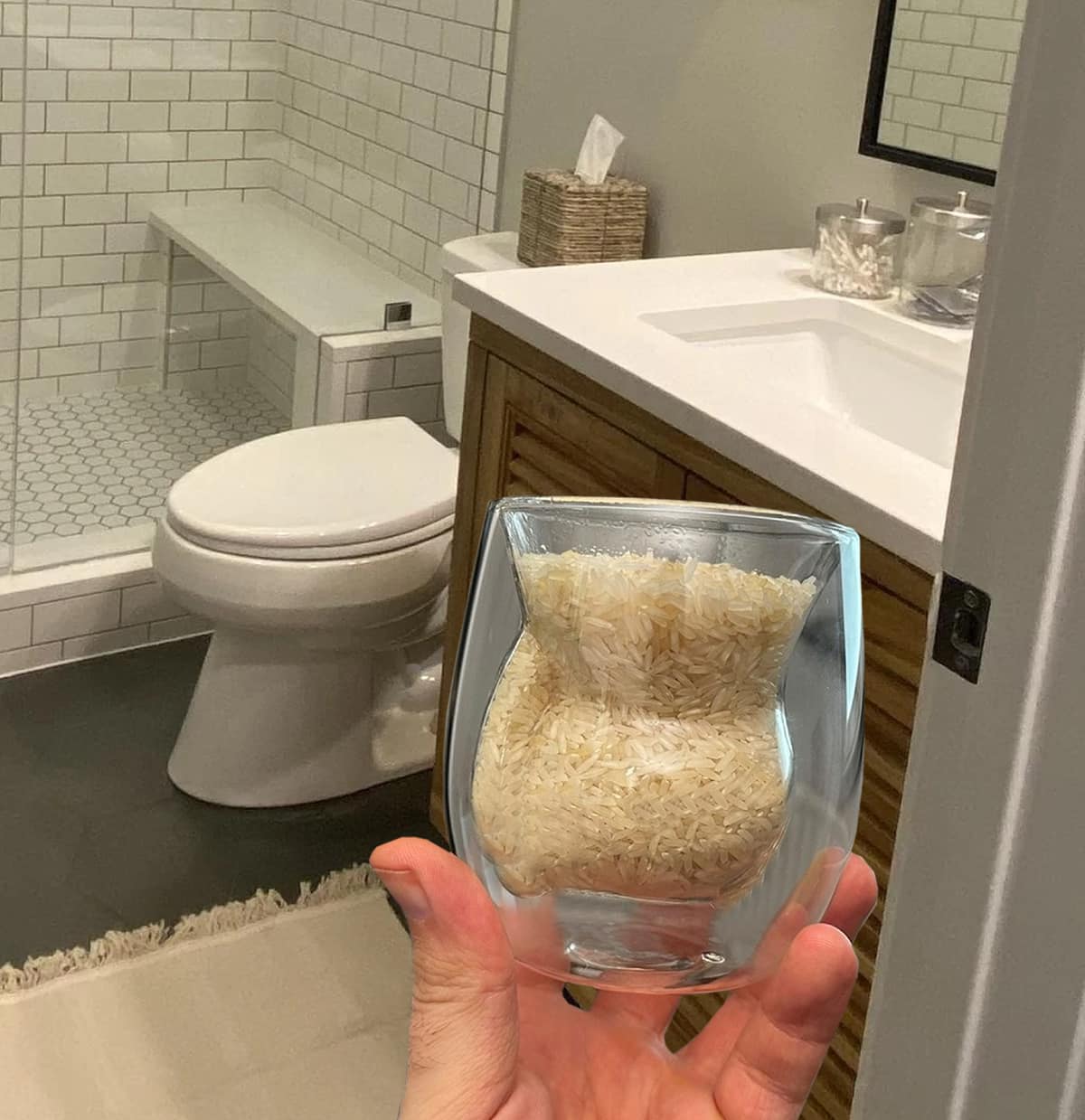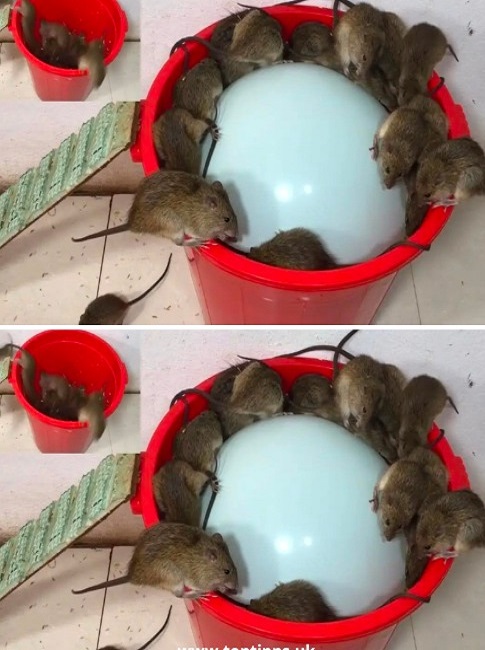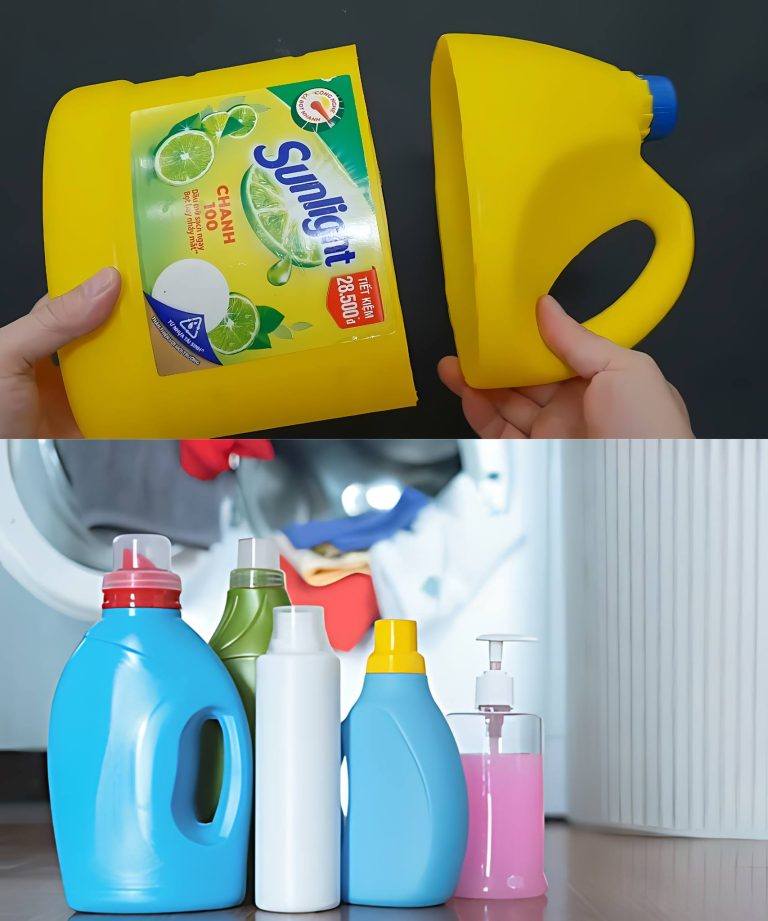Use the gentle cycle.
Too much agitation may break apart the fill.
Use cold or warm water.
Avoid hot water, which can break down the filament in your pillows.
Don’t use too much detergent—and skip the softener.
Reduce the amount of laundry detergent you usually use; say, ¼ capful if you use one full cap during regular loads (too much is harder to rinse out). Don’t use fabric softener, which can collect on pillows and cause a sheen that attracts more dirt and oils.
Rinse well.
If possible, choose a second or deep rinse option to completely flush out any residues.
Now time to dry.
Place the pillows in the dryer on low heat. Add a couple of dryer balls or clean tennis balls to prevent the filling from clumping. Down may take longer to dry, which is normal, says Roberts. A dryer sheet is fine to use to reduce static. And triple-check to ensure pillows are totally dry (so they don’t get mildew!) before making the bed.
More Pillow Tips
Clean pillows by hand if you can’t use a washing machine.
If your pillow’s label can’t be found, you can always wash it the old-fashioned way too. Wait for a sunny day, and take the pillows outside to beat them with a clean broom handle (or rug paddle if you have one like your great-grandmother’s!). Then let them air out outdoors for a few hours. For foam pillows, you can pull out your vacuum and use the upholstery attachment brush instead.
Use pillow protectors.
Cover pillows with pillow protectors before you put on pillowcases. Then wash these every week when you wash your sheets.
Fluff daily.
In between washes, fluff up your pillows when you make the bed each day. This helps keep them plumped and redistributes the filling to restore their shape, says Roberts.
Keep extra pillows on hand.
If you find a pillow you love, buy a few extra, suggests Roberts. That way, when your favorite doesn’t support your head and neck like it used to, you can replace it with the same type. Plus, it’s always nice to have extra pillows handy for overnight guests.
Know when to say goodbye to your pillow.
If your pillow is lumpy and flat, it’s probably time to part ways. Ditto if the pillowcase itself is stained and yellowed. Old pillows also can accumulate allergens such as dust mites and pet dander, so go ahead and treat yourself to a new pillow every year or so (or as needed).
Thanks for your SHARES!
Banana and Cheese Puff Pastry with Dark Chocolate Dip
Spotted cockroaches in my house. Don’t know what to do. How can I get rid of these annoying pests?
The Sweet Secrets of Pineapple Planting, Caring, and Harvesting: Tips and More!
Chicken Fettuccine Alfredo
Grandma’s Old-Fashioned Bread Pudding with Vanilla Sauce
Marinated Chicken Skewers: An Easy-To-Prepare Grilled Delight




